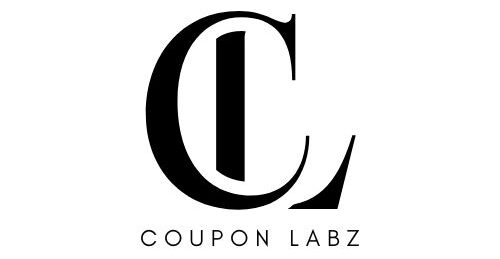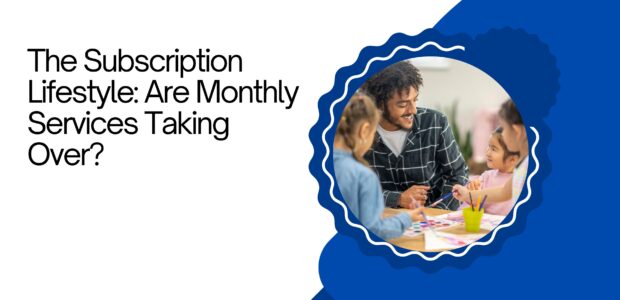The Subscription Lifestyle: Are Monthly Services Taking Over?
In 2025, ownership is optional—and subscriptions are everything. From streaming and skincare to groceries and electric vehicles, more people are choosing access over ownership, trading one-time purchases for predictable, monthly services.
Welcome to the Subscription Lifestyle: a world where nearly everything you use, consume, or enjoy is billed on repeat.
This blog explores how subscriptions are reshaping daily life, changing consumer habits, challenging traditional business models, and raising important questions about cost, control, and convenience.
📦 What Is the Subscription Lifestyle?
The subscription lifestyle refers to the growing trend of relying on recurring services rather than buying products outright. These services deliver goods, experiences, or software on a scheduled, automatic basis—often with personalisation built in.
This includes:
-
Entertainment (Netflix, Spotify, YouTube Premium)
-
Meal kits and grocery boxes (HelloFresh, Gousto)
-
Skincare and beauty routines (Birchbox, Skin+Me)
-
Fitness apps (Peloton, Apple Fitness+)
-
Home essentials (toilet paper, razors, coffee pods)
-
Even cars and furniture now come as subscriptions.
It’s a shift from collecting to curating—and consumers love the flexibility, variety, and minimal effort.
🛒 Why Are People Choosing Subscriptions?
1. Convenience:
No need to reorder, repurchase, or even remember. Everything from vitamins to socks arrives like clockwork.
2. Personalisation:
AI-driven subscriptions adapt to preferences over time. Your skincare adjusts to the weather. Your playlist evolves with your mood.
3. Minimalism & Decluttering:
People prefer owning fewer things—and subscriptions support that. Use it, return it, or refresh it monthly.
4. Predictable Costs:
Budgets are easier to manage when spending is spread evenly each month, especially with ‘everything-as-a-service’ bundles.
💡 Popular Subscription Categories in 2025
🧴 Health & Wellness
-
Vitamin packs tailored to your DNA
-
Mental health apps with guided therapy sessions
-
Sleep tech services with data-backed coaching
🍱 Food & Beverage
-
Custom coffee blends delivered weekly
-
Plant-based meal kits with carbon offset options
-
Craft cocktail boxes or mocktail kits
🏠 Home Living
-
Air filter and lightbulb replacements
-
Rotating home decor or seasonal scent boxes
-
Even subscription bedding and towels!
👗 Fashion & Beauty
-
Rent-the-runway-style clothing memberships
-
AI-curated skincare routines
-
Monthly beauty or grooming boxes with clean ingredients
📚 Learning & Entertainment
-
Streaming bundles (music + video + games)
-
Online course platforms with unlimited access
-
Audiobook libraries with voice customisation
⚖️ The Downside: Subscription Overload
While the model is convenient, there’s a growing concern about “subscription fatigue.” People often:
-
Lose track of how many services they’re paying for
-
Forget to cancel trials or unused services
-
End up paying more than if they owned the product
In 2025, consumers are becoming more selective. Bundled platforms and subscription tracking apps are rising to help manage the chaos.
💳 Are Subscriptions Really Cost-Effective?
That depends. A subscription for razor blades might save money—but five overlapping media services might not.
Pros:
-
Lower upfront cost
-
No maintenance or upgrade worries
-
Easier trial and replacement options
Cons:
-
Hidden fees or tier creep
-
Long-term cost adds up
-
Reduced control (you don’t own the product)
A growing number of users are switching to “intentional subscribing”—reviewing and rotating plans quarterly based on value and use.
🔮 The Future of the Subscription Economy
By 2030, analysts predict the majority of household consumption could be subscription-based. We’re already seeing:
-
Micro-subscriptions for niche services (like AI writing assistants or smart plant care).
-
On-demand swaps in clothing and furniture.
-
Flexible pause options becoming standard, reducing churn.
-
Blockchain-based memberships offering decentralised, shareable subscriptions.
Even government services and public utilities may adopt subscription models for sustainable budgeting.
🧾 Final Thoughts
The subscription lifestyle reflects a broader cultural shift—from ownership to access, from materialism to minimalism. It offers flexibility, curation, and convenience—but demands mindfulness to avoid overcommitment.
In a world where everything from cars to clothes to cat food can arrive monthly, the real question isn’t “What can I subscribe to?” It’s “What’s truly worth subscribing to?”


